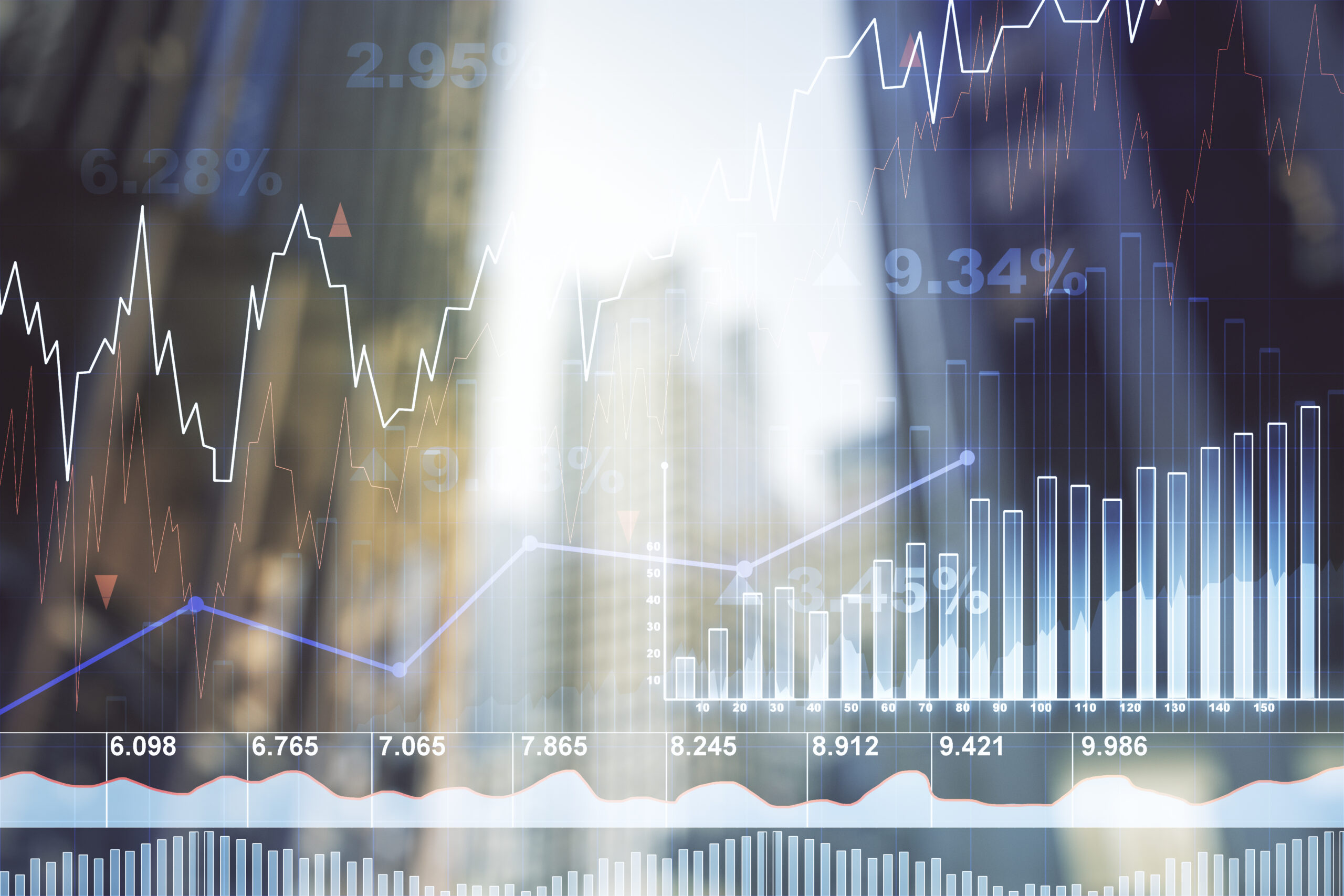By: Maximus Hamilton
Amidst the enervating pandemic our country has dealt with the past year, numerous changes have taken place, not only in the social realm, but in the scope of our economy as well.
Without question, the COVID-19 pandemic has drastically altered consumer spending habits and patterns. With the need to minimize social encounters and slow the spread of the virus, many consumers have turned increasingly away (if not altogether) from most services, and as a result, the proportion of consumer spending on such services versus spending on consumer goods has been significantly altered. A close look at economic data from the past pandemic year would show a drastic decrease in expenditures on many services — such as restaurants, movie theaters, and bars — coupled with an increase in spending on household goods, such as groceries. Due to such changing expenditure patterns, it becomes important to quantify and understand the measurement of economic inflation so as to assess the effectual changes taking place in our economy as a result of the current epidemic.
As one of the prime indicators measuring economic levels of inflation, the consumer price index (CPI), attempts to quantify the aggregate price level in the economy by measuring the changes in price level of an average collection of consumer goods across households over a given period of time. Reported by the U.S Bureau of Labor Statistics (BLS) on a monthly basis, the CPI acts as a significant indicator of the purchasing power of our currency, providing a significant indication of inflation levels as they change.
So, concerning such levels of inflation, what has pandemic-driven data shown us?
It is foremost important to note that measuring inflation from a CPI standpoint for the 2020 year has been exceptionally difficult, as spending has changed drastically, albeit in specific ways. While consumer spending on many household goods have increased, spending on services have decreased, so an overall measure of average prices in the economy as a whole does not as accurately reflect how such spending patterns have affected price levels in these individual sectors.
Recognizing the need to quantify new spending patterns, Harvard Business School economics professor Alberto Cavallo created expenditure weights for the 2020 year to help account for these drastic expenditure changes. These weights in essence build upon the true CPI but introduce a new scale to the index to account for the increase in spending on certain goods and the decrease in spending on most services. With these estimated expenditure weights in mind, we can then compare the official CPI-based inflation to Cavallo’s unofficial COVID-based inflation model.
In doing so, it is immediately clear that there is a substantial difference between the two. COVID CPI-based inflation levels are seen to be around 50 basis points higher in any typical time frame than those measured by the BLS.
In relation to our goods and services sectors, this makes sense. Take the price measurement of the Food at Home category (groceries): for most of the last year, food shortages at grocery stores that were brought on by disrupted supply chains have led to higher prices as retailers competed for access to products. In turn, in the Food Away From Home category (restaurants), the lack of indoor dining and reduced capacity in most restaurants decreased the demand for such services and led to lower prices, as these businesses worked to entice customers to consume their goods.
Together, the combination of higher prices and increased expenditure in the Food at Home category and lower prices and lower expenditure in the Food Away From Home category implies a higher COVID CPI-based inflation rate than the one that is officially measured by the BLS. Thus, not only have we seen an increase in inflation in certain areas of our economy, we are presented with the problem of quantifying such inflation rates going forward.
The pandemic has created a gap between these CPI measurements that poses a problem for the BLS moving forward. In future years, they will have to decide on the best course of action for measuring inflation rates: whether to treat the 2020 year as an anomaly to the measurement or using its data to estimate future expenditure rates. The route they take will likely depend on whether or not consumers’ expenditure behavior has changed permanently as a result of the pandemic.
The resulting changes from CPI measurements lead to further implications for other areas in our economy as well. For instance, workers and recipients of government-based aid programs like Social Security often receive adjustments to their earnings and compensation based on the measured CPI. Therefore, the BLS’s interpretation of future CPI levels will play a key role in shaping the workings of our overall economy.
How will the BLS respond to the need for a CPI adjustment and what will be its future implications on our economy as brought on by this past year’s unresolved pandemic?
Only time will tell.




